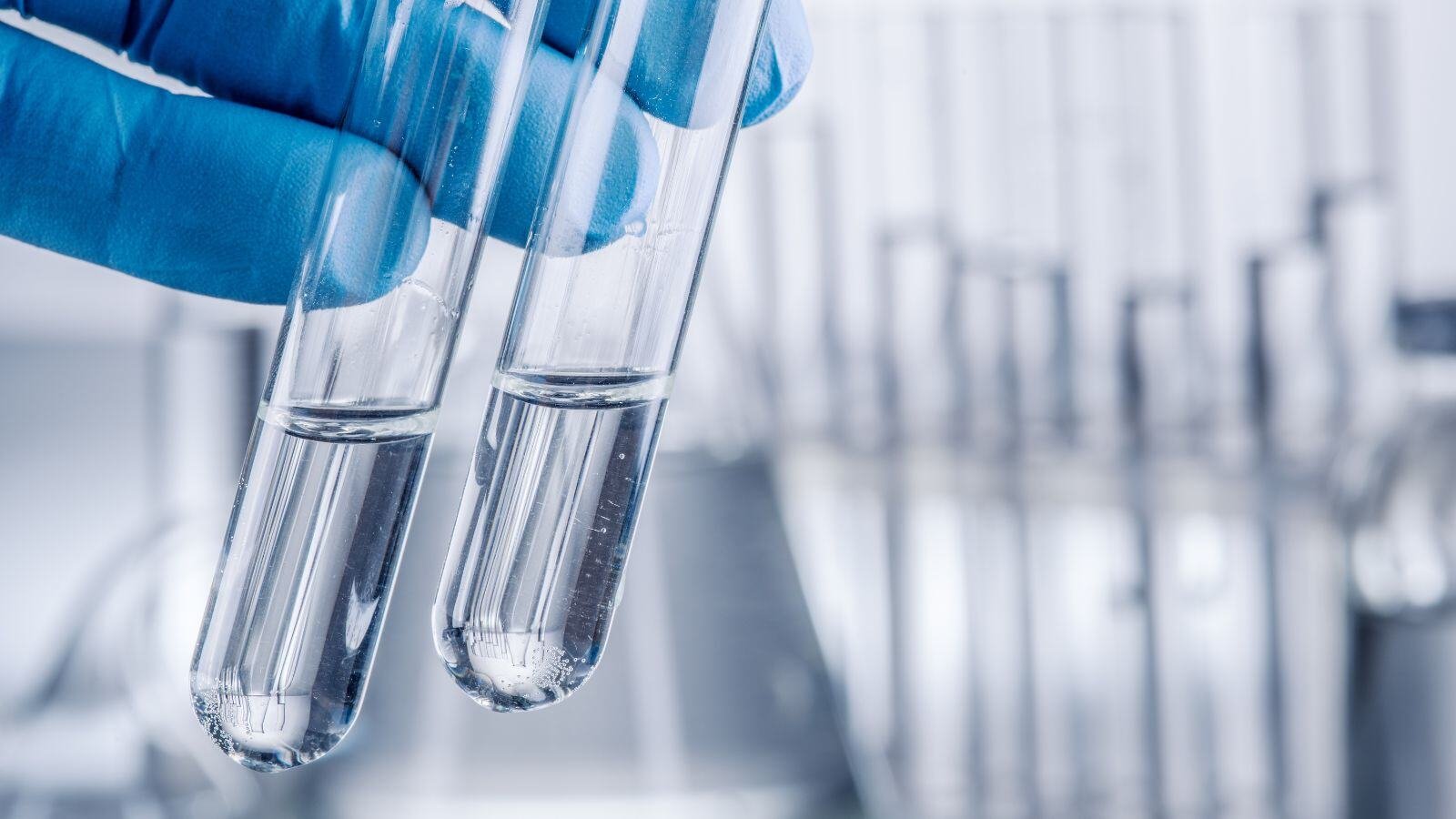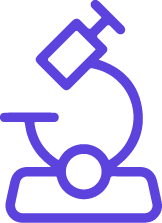
Elemental Impurities
Ensuring compliance with ICH Q3D Guidelines
Elemental impurities in medicinal products pose significant risks to patient safety and regulatory compliance. At QbD Group, we provide expert support for analyzing, controlling, and mitigating elemental impurities in accordance with ICH Q3D guidelines. Using state-of-the-art techniques, we help you achieve compliance while ensuring the safety and efficacy of your products.
ICP-MS analyses
Risk assessments
Risk assessments
Evaluating potential sources of elemental impurities in your processes and materials.
Control strategies
Control strategies
Implementing effective plans to manage and mitigate elemental impurities.
Accredited lab services
Accredited lab services
Offering reliable and efficient testing with clear cost visibility upfront.
.jpg?width=1200&height=900&name=Elemental%20Impurities%20-%20Lab%20Services%20-%20QbD%20Group%20(2).jpg)
Why partner with QbD Group?
QbD Group provides unmatched expertise and tailored solutions for managing elemental impurities:
-
Expert knowledge: In-depth understanding of ICH Q3D guidelines and pharmacopoeial standards.
-
Advanced technology: Cutting-edge ICP-MS equipment for precise and reliable results.
-
Efficient processes: Fast turnaround times and transparent cost structures.
-
Comprehensive support: From risk assessment to routine testing, we handle every aspect.
-
Proactive solutions: Guidance on best practices to maintain compliance and product quality.

What are elemental impurities?
Elemental impurities are trace levels of metals that can be introduced into medicinal products during manufacturing, packaging, or storage.
These impurities must be carefully monitored and controlled to meet stringent regulatory requirements and ensure product safety. Key aspects of elemental impurities include:
-
ICH Q3D compliance: Adherence to International Council for Harmonisation (ICH) guidelines for controlling elemental impurities.
-
Testing methods: Conducting analyses using pharmacopoeia procedures, such as ICP-MS (Inductively Coupled Plasma Mass Spectrometry).
Why is monitoring them essential?
-
Patient safety: Minimizes toxic risks associated with heavy metals.
-
Regulatory compliance: Meets ICH Q3D and pharmacopoeial requirements.
-
Risk mitigation: Identifies sources of elemental impurities during risk assessments.
-
Product quality: Ensures the integrity of both raw materials and finished products.
-
Streamlined operations: Avoids delays or rejections due to non-compliance.
What are elemental impurities?
Elemental impurities are trace levels of metals that can be introduced into medicinal products during manufacturing, packaging, or storage.
These impurities must be carefully monitored and controlled to meet stringent regulatory requirements and ensure product safety. Key aspects of elemental impurities include:
-
ICH Q3D compliance: Adherence to International Council for Harmonisation (ICH) guidelines for controlling elemental impurities.
-
Testing methods: Conducting analyses using pharmacopoeia procedures, such as ICP-MS (Inductively Coupled Plasma Mass Spectrometry).
Why is monitoring them essential?
-
Patient safety: Minimizes toxic risks associated with heavy metals.
-
Regulatory compliance: Meets ICH Q3D and pharmacopoeial requirements.
-
Risk mitigation: Identifies sources of elemental impurities during risk assessments.
-
Product quality: Ensures the integrity of both raw materials and finished products.
-
Streamlined operations: Avoids delays or rejections due to non-compliance.
Related content



.jpg)









